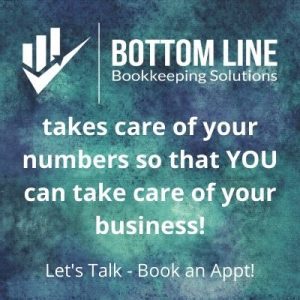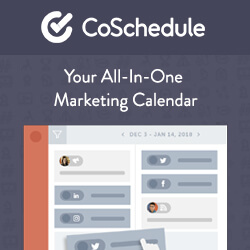 I bet you have heard people say “the money is in the list”. Well if that is true, then why have you been avoiding spending money on paid ads that will drive the traffic that builds that list? When you build an audience with paid leads you have the benefit of driving targeted leads and higher converting prospects.
I bet you have heard people say “the money is in the list”. Well if that is true, then why have you been avoiding spending money on paid ads that will drive the traffic that builds that list? When you build an audience with paid leads you have the benefit of driving targeted leads and higher converting prospects.
Paid Ads Give Your List Building A Kickoff
When you have a small list, it can feel like building it is impossible. If there was something you could do to jump-start your list building, wouldn’t you do it?
By strategically placing ads in front of your target audience, you can drive tons of traffic to your opt-in offers and enjoy conversion rates of two or three percent or more. Even better, with some tweaking and split testing of your offers, you can carefully refine your ads and copy so that you’re attracting your exact ideal client and filling your list with buyers who are ready to take action, rather than freebie seekers.
What you need to run paid ads to your opt-in pages:
- A compelling offer, such as a video training series or live webinar
- Copy to grab the attention of your target audience
Deciding Where to Run Your Paid Ads
Once you have your components in place, the only question remaining is where to run your ads. You have dozens of choices, from Twitter to Google to YouTube to solo email spots.
The key is to first determine where your market is most likely to be hanging out. If they’re on LinkedIn, then running ads on Twitter will be a waste of time. Keep in mind the cost as well. Ads on Facebook are generally less expensive and less competitive than a Google AdWords placement.
You Don’t Need A Big Budget for Paid Ads to Be Successful
Once you’ve decided where to place your ads, it’s time to set your budget and begin running a small set of ads. Consider setting a small daily budget, such as $10 or $20 at the beginning, so you can get a feel for how your ads will perform. Watch the traffic, track your conversions, and create split tests of your landing page and ad sets to determine which performs the best. You can also refine the audience you’re targeting based on the stats you receive. For example, if you find that men between the ages of 20 and 30 are clicking but not opting in, you might want to remove them from your audience.
At least at first, it’s best to avoid running ads for paid products. Conversions for a free offer will far outshine those to a paid product—especially if your program is expensive. After all, those who are clicking on an ad most likely do not know you at all, so it takes a much bigger leap of faith to offer up a credit card number then it will to provide an email address.
Ad Copy Blunders to Avoid
Have you ever clicked on an ad because you saw an adorable pair of sandals that you just had to have, only to land on a page full of sneakers, with not a sandal in sight? It’s frustrating, to say the least, and that kind of ad to landing page mismatch will kill your conversions.
Your ad copy is making a promise to the reader. If your landing page doesn’t fulfill that promise, your readers will click away, and you’ll have wasted the money you spent to get them there. Before running any ads, be sure your ad headline, image, and copy all match the message on the landing page.
Paid advertising was once a tool used only by big companies or marketers with a lot of money to spare, but today they’re more cost-effective than ever, and the technology makes them easy to create and monitor. If you haven’t yet tried your hand at this useful traffic generation method, it’s time to do some experimenting. You might just find your list numbers—and sales—growing.
What’s Next?
Running paid ads is only 1 part of your overall strategy to drive traffic to your website.
Join me for a free online training “5 Ways to 10X Your Website Traffic”! I am going to show you the strategies I used to get my website ranked in the top 10% of all websites in the world.
Click Here to reserve your seat now!





